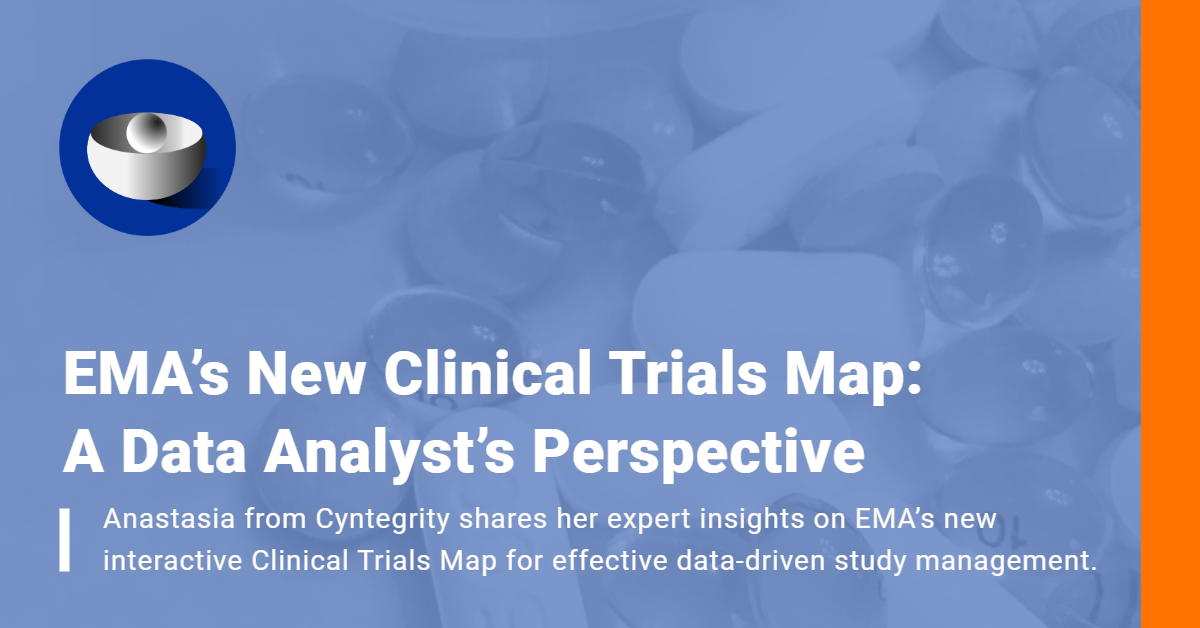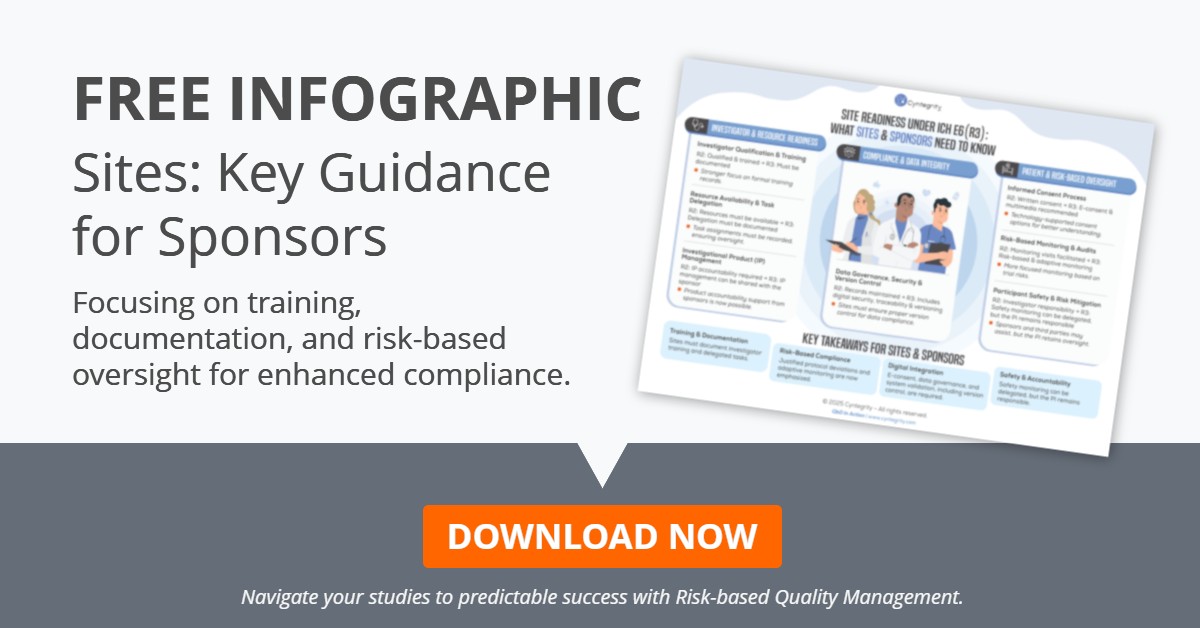The long-term bonus of process efficiencies in clinical trials
In today’s fast-paced global economy, automated data analysis to optimize and accelerate working processes is common practice for most financial data providers (e.g. Bloomberg, Thomson Reuters). Due to the short analytical cycles that feed the financial news streams, the advantage of this approach can be experienced by their subscribers almost instantaneously.
Unlike the quick turnaround times in the financial world, it takes on average 16 years to evaluate a compound in clinical research – so the advantageous effects of using novel data analytics technologies in this area, are not immediately noticeable. Obviously, these technologies ought to pay off handsomely in the long run, greatly benefiting those pharma and CRO companies which decided to invest in process efficiencies.
Predictive Analytics produces actionable data at an early stage
It all becomes clear if you think of a clinical trial as a ‘data manufacturing’ process. In a nutshell, the two main tasks of clinical research organizations are planning and implementing data collection and analysis. During this complex process of data manufacturing, it is almost impossible to avoid data integrity issues. Therefore, it makes sense to identify and report errors upon (early-)detection by use of automated predictive analytics, so that undesirable trends can be corrected in a timely manner. This improvement in process efficiency can help pharma companies and CROs become strong and competitive industry players.
Changing processes and companies, a productive 5-year prospect
Last April, the Institute for Human Data Science published a report on global trends in clinical trials “The Changing Landscape of Research and Development”, stating that predictive analytics will drive drug development productivity:
“Ongoing changes in the clinical development process has led to a record number of drug approvals in 2018, with 59 novel treatments reaching patients in the United States alone. Over the next five years, trial productivity will be heavily influenced by key trends including biomarkers, pre-screened patient pools, and predictive analytics”[i].
Supported by research findings:
“…the amount of time a drug has been tested in a patient population at time of approval — patient years at approval — is declining”.
In addition to the observed ongoing changes in the clinical development process, drug development companies are also changing: almost two-thirds of new drugs are patented by so-called Emerging Biopharma Companies (EBP). EBPs are increasingly able bringing drugs to market without the assistance of large pharma companies. In 2018, 59 new active substances (NAS) were launched in the US. New drug approvals are now higher than any time in the last five years. Most of the NASs (i.e. 38 drugs) were patented by EBP companies, of which 74% were also registered by these companies.

Pic 1. Analytics maturity in Clinical Operations [Link to high res version here]
A mindset evolution, from descriptive to predictive analytics
Most industry researchers seem to be in agreement that the duration and success of a modern clinical trial is influenced by eight key factors:
- Application of digital health / mobile / smart technologies
- Emergence of curated real-world data sources
- Use of Predictive Analytics and Artificial Intelligence (AI)
- Shifts in types of drugs being tested
- Availability of Biomarker test
- Shifts in the regulatory landscape
- Patient centricity and an increased focus on patient reported outcomes
- Availability of pools of pre-screened patients/direct-to-patient recruitment
Current successful biopharma companies, that have embraced modern technological advancements, demonstrate that the first three factors contribute to the successful development of a sustainable model of New Active Substance generation. Their living-in-the-present-moment mindset evolved from a descriptive analytics into predictive and prescriptive mindset of the future.
Predict and prescribe, act now shapes your future
In summary, recent evidence of new domination of technology-driven biopharma companies demonstrates that automated, remote drug efficacy and safety data capture technologies, enable virtual trial formats and ease the workload burden of clinical sites. Predictive Analytics and centralized data management are seen as the next generation methodologies: “growing across most therapy areas in the coming years”. Pharma companies and CROs that embrace next generation analytics will position themselves for profitable competitive edge in the industry.






